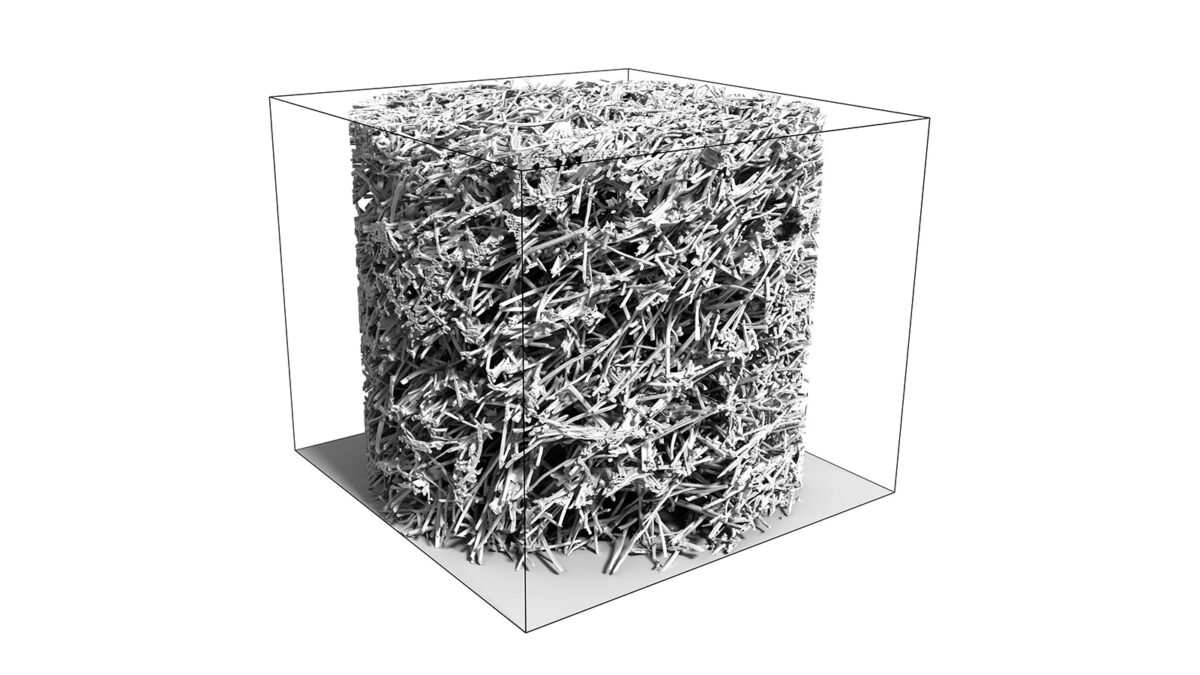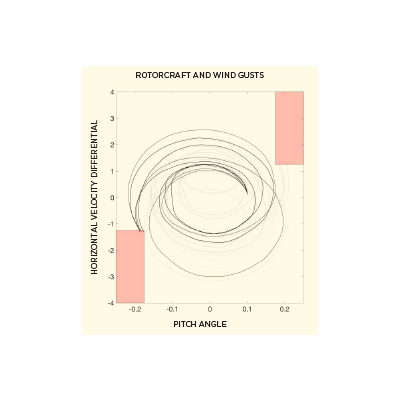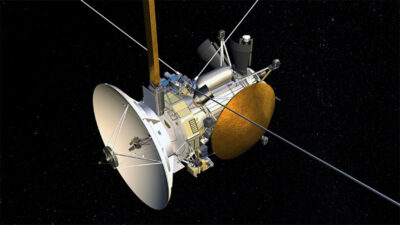New technologies advancing thermophysics
By Aaron Brandis, Jonathan Burt and Brenton Taft|December 2018
The Thermophysics Technical Committee promotes the study and application of mechanisms involved in thermal energy transfer and storage in gases, liquids and solids.
A test campaign beginning in October in the new Laser Enhanced Arc-jet Facility, or LEAF-Lite, at NASA’s Ames Research Center in California allows for test articles to be heated by both convective and radiative heat flux simultaneously, making the facility more representative of actual flight conditions. LEAF-Lite uses multiple 50-kilowatt continuous wave lasers to add the ability to simulate radiative heating on thermal protection materials. Radiative heating is more prevalent in missions with higher atmospheric entry speeds like the Orion spacecraft or interplanetary scientific probes. Using this new system, researchers can simulate radiant heating with the laser and convective heating with the arc-jet simultaneously on a single test article. During its initial test in October 2017, the lasers radiatively heated a 6-inch-by-6-inch Avcoat wedge sample up to 405 watts per centimeter squared while the arc-jet simultaneously provided 160 W/cm2 of convective heat, resulting in a total heat flux of 565 W/cm2. The test campaign in October 2018 was to expand the laser spot size to 17 inches by 17 inches to test an Orion Thermal Protection Systems panel.
This year, for the first time, microtomography was used to resolve microstructures of heatshield materials NASA spacecraft use during atmospheric entry. These experiments, performed throughout the year at the Advanced Light Source at Lawrence Berkeley National Laboratory in California, provide a tool to nondestructively image 3D structures at scales from hundreds of nanometers to centimeters. The fibrous architecture is resolved in 3D with an unprecedented level of detail, enabling interactive inspection of the material at high resolution and statistical characterization of its structure’s variability. Analysis of microtomography data allows for material properties to be calculated and to simulate material response at the micron scale. Having material data at the micron scale has led to active research efforts, both at NASA and in academia, aimed at developing large-scale computational methods based on digital microstructures.
In March, a preliminary design review was conducted for the high lift motor systems on NASA’s X-57 Maxwell experimental aircraft. The X-57 is intended as a testbed for distributed electric propulsion technologies. The thrust from two wingtip-mounted propellers is augmented during takeoff and landing by 12 high-lift electric motors and propellers that are distributed across the wings. These technologies provide beneficial propulsion-airframe interaction, with substantially increased cruise efficiency through characteristics including a reduction in wing planform area. In a novel thermal management approach for the high lift motors and associated motor controllers, heat pipes are part of a passive cooling system that allows convective removal of electrically generated heat through the skin of wing-mounted nacelles. Flight tests, scheduled to begin in 2019, will make use of a new mission planning tool that incorporates electrical component thermal loads in trajectory optimization calculations, with the goal of maximizing range while meeting the unique thermal management requirements of an all-electric propulsion system.
In September, the U.S. Air Force Research Laboratory’s second Advanced Structurally Embedded Thermal Spreader, or ASETS-2, flight experiment passed one year of on-orbit operations aboard Orbital Test Vehicle 5. ASETS-2 is made of three low-mass, low-cost oscillating heat pipes and an electronics/experiment control box. The three oscillating heat pipes are of varying configuration (center heating with single- and double-sided cooling) and working fluids to isolate specific performance parameters of interest. As of November, the ASETS-2 flight experiment had exhibited no degradation and had achieved two primary science objectives by measuring the initial on-orbit thermal performance and long-duration thermal performance. Having conducted multiple six-week tests this year, ASETS-2 set a record for the longest continuous on-orbit operation. Returned flight experiment hardware will be subjected to post-flight testing to assess the presence of any noncondensable gas that may have formed on orbit.
Contributors: Francesco Panerai and Geoffrey Cushman
Image: Microtomography of FiberForm, the substrate of NASA’s Phenolic Impregnated Carbon Ablator. The displayed volume is a rendering of a 1.66-millimeter edge cube. Credit: NASA



































